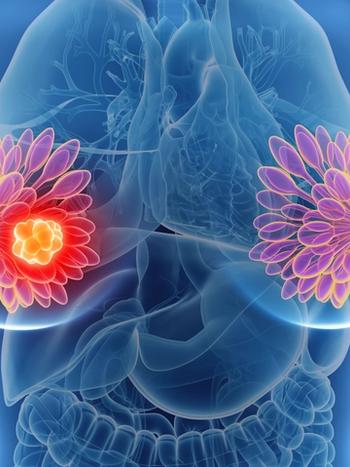
Variation in Quality of Post-Surgery Cancer Care
A study of more than 350 hospitals found variations in readmission and mortality rates after cancer surgical procedures.
A study of more than 350 acute care California hospitals found significant variations in readmission and mortality rates after cancer surgical procedures. These between-hospital differences were found for in-hospital mortality, 90-day readmissions, and 90-day mortality.
“Collectively, our results suggest that in-hospital mortality and post-discharge 90-day readmission and mortality are relevant and important targets for the development of tailored interventions and incentive policies regarding quality of care after curative intent surgery,” wrote Sebastien Haneuse, PhD, of Harvard T.H. Chan School of Public Health, and colleagues. “Moreover, although some research has been done on developing and evaluating interventions for reducing readmissions, our results suggest that such interventions and policies should acknowledge the multidimensional nature of quality and target hospitals based on individual performance profiles.”
The retrospective
Among the included patients, less than 1% (0.9%) died during the index admission. However, among those discharged alive, 14.3% were readmitted, and 1.3% died within 90 days of discharge.
The researchers adjusted for patient case-mix differences and found a statistically significant variation in risk across all included hospitals for in-hospital mortality, 90-day readmission, and 90-day mortality (P < .001).
The researchers also looked at hospitals in different subcategories and found substantial variations among the 260 hospitals with a mean annual surgical volume of 10 or more. For example, 22.7% of hospitals had a lower-than-expected rate for all three metrics examined, 40.4% had a higher-than-expected rate for 2 of 3 metrics, and 7.3% had higher-than-expected rates for all 3 metrics. Among these hospitals, in-hospital mortality varied from 0.0%– 4.1%, 90-day readmission varied from 7.7%–23.7%, and 90-day mortality varied from 0.1%–4.2%.
In a commentary published with the article, Elizabeth C. Wick, MD, and Pelin Cinar, MD, of San Francisco Helen Diller Cancer Center, pointed out that the multidisciplinary care is a necessary part of surgical oncology care, but it often occurs “organically and likely is closely tied to the organizational culture and leadership.”
Because of these varying organizational culture’s the variation found in this study will likely be challenging to address and fix.
“It likely will require gradually changing the culture of surgical oncology care across a multitude of practice sites (i.e., physician offices, hospitals, infusion centers, skilled nursing facilities, and home health agencies),” they wrote. “But, as we start to unite and align across disciplines, the potential to transform care is tremendous.”
Newsletter
Stay up to date on recent advances in the multidisciplinary approach to cancer.

























































































